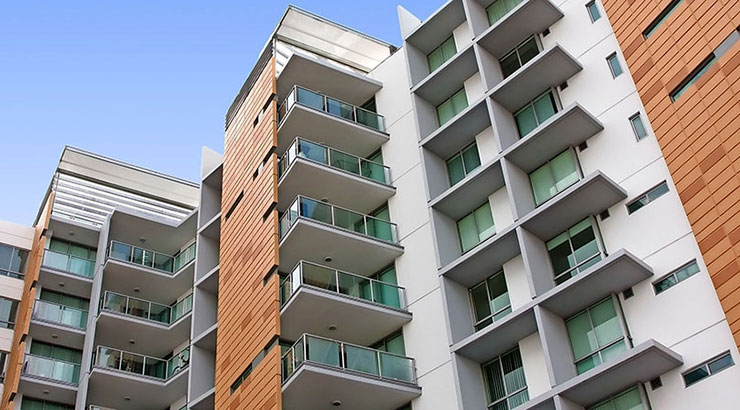Industry News
State Scraps Floor Limit for Nairobi High-Rises
Developers will be allowed to build houses up to 25 floors upwards.

The controversial cap on the height and floors of Nairobi high-rises has been lifted, with developers in top suburbs now allowed to build houses exceeding 25 floors.
Nairobi Governor Johnson Sakaja revealed this decision on Sunday while defending his government’s approval of high-rises in Kileleshwa and Lavington.
Residents of the suburbs have been criticizing Mr Sakaja for failing to enforce the existing zoning laws in the areas, but the governor argues that high-rises are necessary to accommodate Nairobi’s fast-growing population.
“The height restrictions have been removed. I’ve heard people complaining in areas like Kileleshwa and Lavington that their houses used to be one storey, and now apartments have come,” Mr Sakaja said during a Sunday service in Bahati.
“Nairobi is 696 sq. km; by 2050, it will have a population of 10.5 million people. Are we going to expand Nairobi? No. The only direction we have is upward.
“That’s the land we have left. The only thing we need to focus on is sewage, water, and drainage. These houses we are building should have good capacity,” he added.
RELATED: Disquiet in Nairobi as Zoning Rules Disrupt Posh Estates
Previously, residential flats were capped at four floors, but the limits have since been gradually revised to allow up to 12 floors in certain areas.
Mr. Sakaja stated that these caps were imposed in areas near airports, such as the Eastleigh Airbase, to aid presidential evacuation during emergencies.
Later, the governor clarified that the 25-floor limit is for areas around airports and not a city-wide blanket restriction.
“The 25 floors mentioned earlier today were area-specific (around the airbase) and not a blanket restriction. We have proposed an area-specific zoning framework that goes up to 75 floors in some areas,” he said.
RELATED: Nairobi Maps Its Future With New City Master Plan
However, Mr Sakaja clarified that while height approvals are under review, there will be other considerations before the high-rises are approved for construction.
“There are other considerations, such as plot ratios, ground coverage, and area character, etc., that will be considered. We can only go up, but must do so responsibly. And we shall,” the governor said.
In 2012, the City Council of Nairobi reviewed its building by-laws to allow developers to build office blocks in high-end estates located to the west of the city.
The changes, which were done under a new land use policy, sought to encourage people to work closer to their homes to ease congestion in the city centre.
The regulations opened up all the high-end estates west of Nairobi —except Muthaiga and Runda – to commercial property developers.












